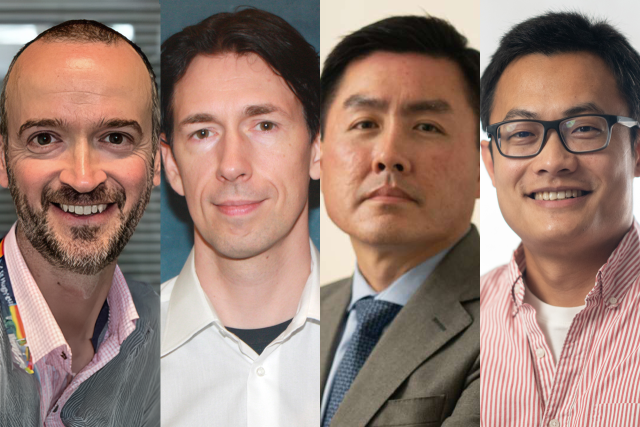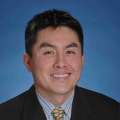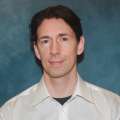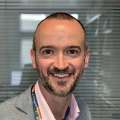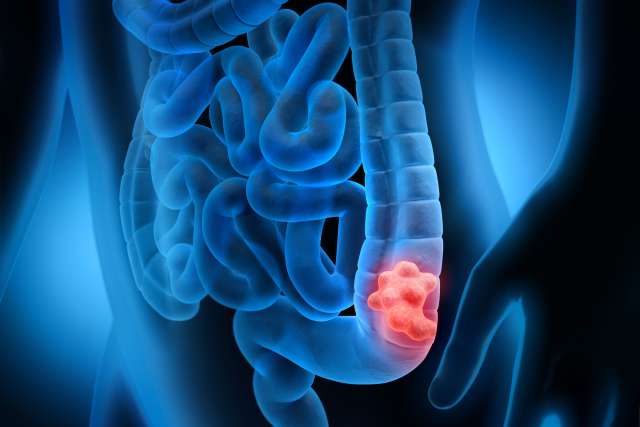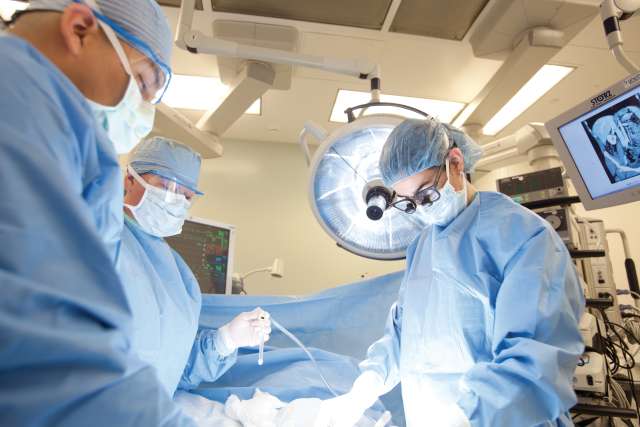A multidisciplinary team of investigators from the UCLA Health Jonsson Comprehensive Cancer Center was awarded a Translational Melanoma Research Alliance Team Science Award to identify small-molecular compounds that will prevent cancer cells from developing resistance to current mutation-targeted therapies and immunotherapies.
Recently developed standard-of-care therapies have transformed the way people with melanoma are treated. However, these treatments still only work in some people, and when they do work, may lose efficacy over time. Resistance to melanoma therapies often starts to develop right after treatment begins and can result from accumulating a high level of the protein PD-L1 on the tumor cell surface.
The award, given to Dr. Roger Lo, professor of medicine, dermatology and molecular & medical pharmacology; Robert Damoiseaux, professor of molecular & medical pharmacology; Stuart Conway, professor of medicinal chemistry in the department of chemistry and biochemistry; and Zhentao Yang, a project scientist in the department of medicine, dermatology, supports the team’s research in improving a small molecule Lo and Yang identified to break down PD-L1 more effectively and identifying other PD-L1-degrading small chemical compounds.
“We have a lead or promising compound which, when combined with either mutation-targeted or immune checkpoint inhibitor therapy, improves the control of melanoma tumors in mice,” Lo said.
Now, by combining distinct expertise in melanoma biology, therapeutics development, medicinal chemistry and high throughput screening, the team hopes to develop a new class of drugs called PD-L1 degraders that, in combination with current therapies, improve their survival benefits. The team of cancer researchers will tweak their lead compound to work better, search for unexpected hits amongst chemical libraries, and investigate how promising compounds work at the molecular and cellular levels.
